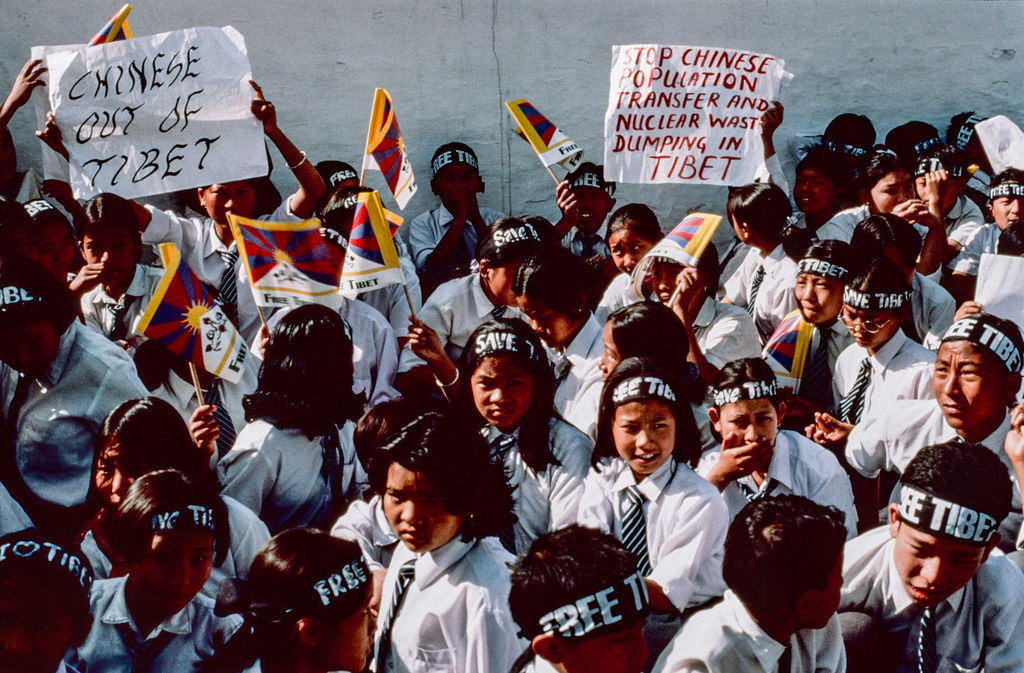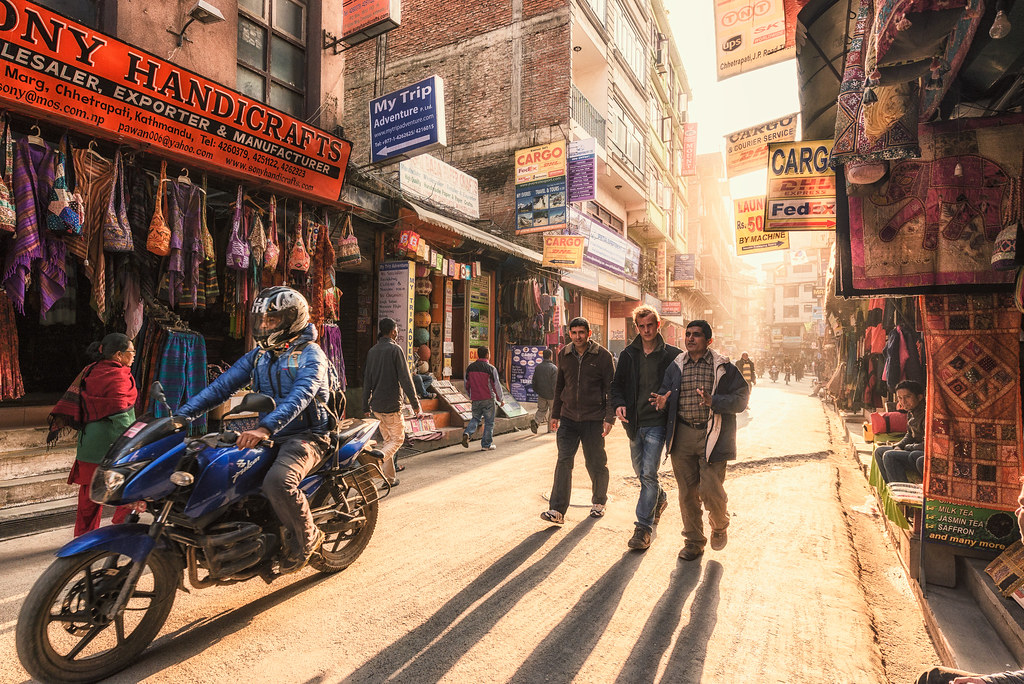Your cart is currently empty!
Unveiling India’s Role Behind the Nepal Protests: A Strategic Perspective

The sudden fall of Nepal’s Prime Minister KP Sharma Oli earlier this month was, on the surface, a product of simmering student anger and widespread disillusionment with a government accused of arrogance, corruption, and poor governance. On Kathmandu’s streets, thousands of young voters carried hand-painted placards and staged sit-ins until history gave way. Yet, beneath the noise and spectacle of protest chants, conversations with people who understand the mechanics of Nepal’s politics suggest there was more at play than just spontaneous dissent.
India, long accused of quietly nudging events next door when its interests are threatened, appears to have once again steered the turbulence in Kathmandu. The protests that toppled Oli bore many marks of local frustration, but also carried a rhythm that seemed too sustained, too coordinated, to have survived on raw energy alone. The push, according to multiple accounts, had its roots in New Delhi’s growing impatience with Oli’s perceived tilt toward Beijing and the belief that Nepal’s delicate balance between its two giant neighbors was slipping past the point of repair.
A Relationship Built on Treaty and Tension
India and Nepal share a relationship that’s at once fraternal and fraught. The 1950 Treaty of Peace and Friendship gave both sides the framework to circulate freely across the open border, take up jobs, and even serve in each other’s armies. Gurkhas in the Indian military became a living reminder of that closeness. But this bond has rarely been simple. For every generation of Nepalese who embraced cross-border ties, there has been another that saw India’s involvement as overbearing.
Oli, more than most of his predecessors, knew how to weaponize that sentiment. His government’s decision to redraw Nepal’s maps in 2020 to include Indian-claimed territory at Lipulekh had already soured relations. At the same time, his warming ties with China – from infrastructure to security cooperation – sent alarm bells ringing in Delhi. The view in Raisina Hill was clear: if Oli remained unchecked, Nepal risked becoming another space where Beijing’s influence would stifle India’s traditional sphere of leverage.
Kathmandu: A City Always in Play
To understand why India would act now, you have to remember that Kathmandu has long been a playground for global intelligence networks. Indian, Chinese, Pakistani, and Western operatives see the city as a listening post and staging ground. Students, businessmen, and aid workers often carry more than one agenda. For New Delhi, keeping a grip on this space has always been vital – whether to block Pakistan’s transit routes, prevent counterfeit currency smuggling, or now, counter China’s hillside encroachments under the Belt and Road Initiative.

The Protest That Wasn’t Entirely Organic
On the ground during the recent protests, many students spoke about autonomy, nationalism, and frustration with joblessness. What set this movement apart was its duration and coordination. Demonstrations persisted for weeks, outlasting similar agitations in Nepal’s past, aided by financial and logistical support from civil society groups and diaspora networks. With mobile networks intermittently disrupted, encrypted platforms such as Telegram and Discord became essential tools for sharing updates and organizing marches – an unusual shift in Nepal’s political discourse, where Facebook and local media had traditionally dominated. Some critics argue that the scale and discipline of the campaign point to outside influence, with India frequently named in political commentary as a potential backer, though no conclusive evidence has been made public.
Even the Nepali Army’s posture raised eyebrows. A force that has historically intervened swiftly to restore order allowed crowds to gather around parliament without a heavy crackdown. Analysts noted this restraint contrasted with earlier episodes of political unrest, when security forces often used force within days. India’s decades-long military links with the Nepalese Army – from officer training in Dehradun to shared Gurkha regiments – remain a significant backdrop to this crisis. While no direct orders from New Delhi have been documented, some observers suggest the longstanding relationship may have influenced the army’s decision to hold back, conveying a message of restraint: let the street express itself, but avoid bloodshed.
Finding the ‘Acceptable’ Successor
The final act was always going to be about who replaced Oli. That choice, as it has in the past, leaned toward someone seen in Delhi as steady and pragmatic. Former Chief Justice Sushila Karki emerged quickly in this role. Known for her academic years in India at Banaras Hindu University (BHU) and a reputation for independence, she appealed not just to protesters but also to policymakers in New Delhi looking for a face untainted by Oli’s strident nationalism.
Behind the scenes, India’s involvement is a frequent topic in commentary, though no public documents confirm direct intervention. Diplomats and regional analysts note that New Delhi has historically maintained informal influence in Nepalese political transitions. Observers suggest that familiar tropes – quiet assurances, back-channel communications, military rapport – may have helped ease Sushila Karki’s ascent after Oli’s fall. Karki’s appointment followed days of protest and violence, and speculation over external influence has already stirred debate about the thin line between sovereignty and management in Nepal.
What It Means for South Asia
India’s hand in Oli’s fall is less about vengeance and more about long-term positioning. With Beijing’s footprints expanding across South Asia – roads in Nepal, ports in Sri Lanka, corridors in Pakistan—New Delhi is no longer waiting for “organic corrections.” It is intervening, sometimes more openly, to ensure neighbours remain buffers rather than bridges for Chinese ambitions.
For Nepal, this moment underscores both its importance and its vulnerability. Its balancing act between India and China has enabled leverage in the past. But when the stakes grow too high, Nepal’s margin for neutrality shrinks rapidly. In the end, Oli miscalculated how far his China card could stretch. India was not willing to watch from the sidelines.
Whether or not the new political arrangement stabilizes Nepal, one fact remains: the Himalayan republic continues to punch above its weight in regional politics. Wedged between India and China, it has become a frontline in one of this century’s sharpest rivalries. Analysts consistently describe Nepal as both vulnerable and strategically indispensable, with its choices reverberating well beyond the mountains. Recent events have underscored that New Delhi is willing to assert influence to protect its interests, ensuring that the frontier does not slip quietly into Beijing’s orbit.
By: Raghav Kalra
Raghav Kalra is a contributor to Truthlytics. He covers South Asian politics, India-China rivalry, and the role of youth movements in shaping democratic transitions.
Share Your Perspective
Subscribe to Truthlytics today to stay informed and dive deeper into the issues that matter.
Already subscribed? Log in to join the conversation and share your thoughts in the comments below!




